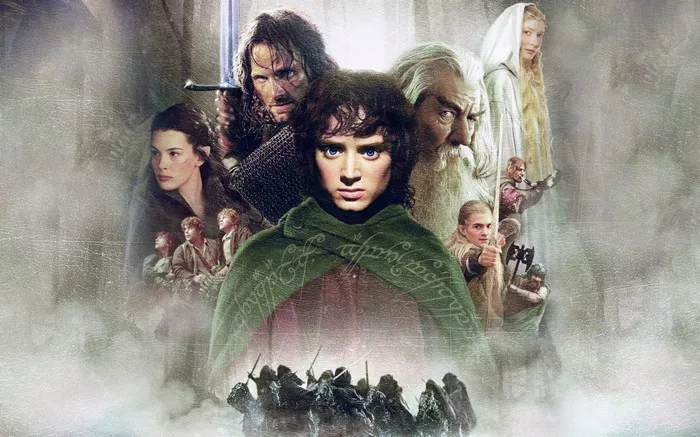In the enchanting realms crafted by J.R.R. Tolkien, a perennial question echoes among both seasoned readers and newcomers to Middle-earth: What Comes First, The Hobbit or Lord of the Rings? This exploration navigates the chronological and narrative intricacies of Tolkien’s literary masterpieces, shedding light on the optimal sequence for embarking on the epic journey that spans generations.
I. The Hobbit: A Whimsical Prelude to Middle-earth
1. Bilbo’s Unexpected Adventure: An Introduction to Middle-earth
“The Hobbit,” published in 1937, serves as the prelude to Tolkien’s expansive legendarium. Set in a more whimsical and light-hearted tone, the novel introduces readers to the protagonist Bilbo Baggins, a hobbit who embarks on an unexpected adventure with a group of dwarves seeking to reclaim their homeland from the dragon Smaug.
2. Foundations of the Ring: Gollum, the One Ring, and the Shire
Crucially, “The Hobbit” lays the foundational elements that become central to “The Lord of the Rings.” Gollum, the discovery of the One Ring, and the idyllic Shire all find their origins in this tale of courage and self-discovery.
II. The Lord of the Rings: A Vast Tapestry of War and Friendship
1. The Epic Unfolds: The Trilogy’s Narrative Continuum
“The Lord of the Rings,” published as a trilogy between 1954 and 1955, expands upon the groundwork laid in “The Hobbit.” This epic saga is marked by a darker and more complex narrative, as it delves into the War of the Ring, the struggle against the dark lord Sauron, and the bonds of friendship among the Free Peoples of Middle-earth.
2. The Evolution of Characters: Frodo’s Quest and Aragorn’s Destiny
Readers witness the evolution of characters introduced in “The Hobbit” – notably, the central figure of Frodo Baggins – as they confront the looming threat of Sauron. Additionally, the trilogy introduces new characters, such as Aragorn, Legolas, Gimli, and Boromir, each contributing to the overarching tapestry of the tale.
III. The Chronological Dilemma: The Hobbit or Lord of the Rings First?
1. Publication vs. Chronological Order: The Author’s Intent
Tolkien’s original intent, as reflected in the order of publication, places “The Hobbit” before “The Lord of the Rings.” This sequence aligns with the author’s vision of introducing readers to Middle-earth through a more accessible and light-hearted narrative before delving into the complexities and darkness of the War of the Ring.
2. Reader’s Choice: A Personalized Journey
However, Tolkien himself acknowledged the diversity of reader preferences. Some may choose to begin their journey with the grandeur of “The Lord of the Rings” before exploring the more whimsical landscape of “The Hobbit.” The decision ultimately rests on the reader’s inclination and desire for either chronological coherence or thematic resonance.
Conclusion: An Endless Quest of Literary Exploration
As the debate of whether to start with “The Hobbit” or “The Lord of the Rings” persists, it becomes evident that Tolkien’s works offer an endless quest of literary exploration. The chronological sequence provides a nuanced understanding of Middle-earth’s evolution, while personal preferences and thematic resonance allow readers to tailor their journey.
Whether you embark on Bilbo’s unexpected adventure first or join the fellowship in the War of the Ring, the magic of Middle-earth awaits. The enduring appeal of Tolkien’s works lies in the immersive worlds he crafted and the timeless themes that continue to resonate with readers across generations. May your journey through Middle-earth be filled with wonder, discovery, and the enduring spirit of fellowship.

